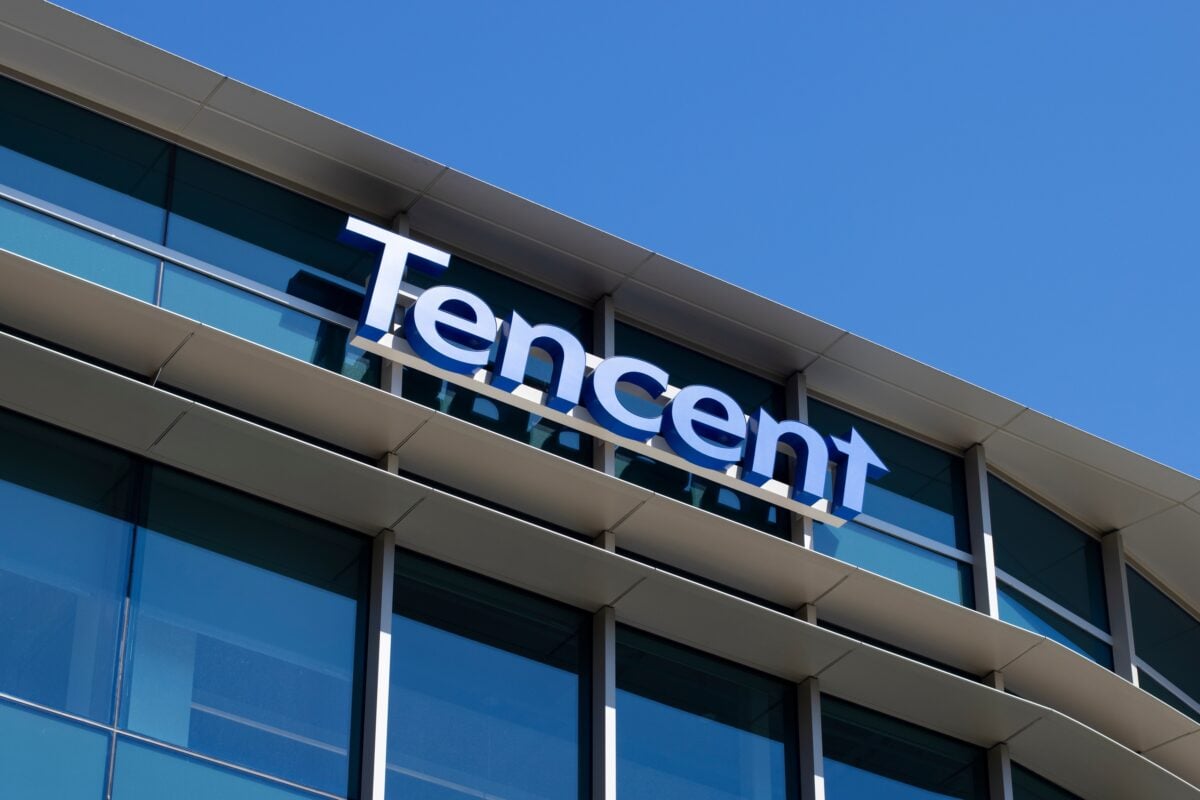Alibaba taps tokenized USD, EUR for payments in new AI subscription service
Alibaba is pushing its B2B platform into a new phase, and the company is doing it with AI tools, crypto-style payments, and a subscription model that it hopes will pull in fresh revenue.
The update was announced on Friday by Kuo Zhang, who runs Alibaba.com, and who told CNBC the team plans to use AI systems and tokenized money to speed up global trade across the company’s marketplace. He said the plan may include work with JPMorgan, one of Alibaba’s existing banking partners.
Alibaba’s B2B arm, which made more than $3 billion in the last fiscal year, lets companies source goods from suppliers around the world.
Zhang said the group is rolling out a new subscription tool called AI Mode, a system that helps buyers compare suppliers based on price, logistics, and production ability.
He said the move comes at a time when more searches on the platform are being done with AI tools, and the division now wants to push deeper into that shift to increase efficiency on the platform.
AI Mode adds new subscription income and expands supplier reach
Zhang told CNBC the B2B team feels pressure to rebuild global trade workflows with AI and said the company sees the space entering what he called a “paradigm shift” for B2B commerce.
The B2B arm isn’t as big as the domestic e‑commerce or cloud divisions, but it is one of the fastest-growing parts of Alibaba.
The team earns money from marketing and cross‑border trade services, and it now wants AI Mode to create a new subscription revenue stream.
He said the team may charge $20 per month or $99 per year, though the pricing is not final. The original goal of Alibaba when Jack Ma and his co‑founders launched the company in 1999 was to connect Chinese sellers to global buyers.
Zhang said the supplier base today is much larger, with active suppliers worldwide up 50% between March and October compared with the same stretch last year.
He said the team is investing more in expanding that supplier pool because “there are a lot of good products worldwide that can contribute to the global supply chain.”
Alibaba runs tokenized USD/EUR payments and prepares ‘agentic pay’
Zhang told CNBC the team will launch a new tool called agentic pay in December. It will let the company’s AI auto‑generate contracts between buyers and suppliers by using the conversations they’ve already had over messaging.
Today, many of those documents are written offline and uploaded later, but the new tool will let both parties confirm the AI‑generated version directly on Alibaba.com before moving forward.
The B2B division serves buyers and suppliers in different countries, which means payments move across several banks and currencies. Zhang said this causes delays and adds cost because settlement times can stretch for days.
To address that, he said the company will use tokenization, which he described as a digital form of money backed by fiat on a bank’s balance sheet.
He said tokenized deposits are different from stablecoins, which are pegged to fiat but usually issued by non‑banks and backed by assets like bonds or fiat reserves.
Zhang said Alibaba.com plans to use tokenized euros and U.S. dollars so payments do not pass through multiple intermediaries.
He explained that when buyers in the U.S. or Europe pay in euros or dollars, the payment will move through tokenization and blockchain tech so money can reach places like Hong Kong, Singapore, or China at the same time without the slower routes common in cross‑border settlement.
He said the team will work with JPMorgan, which launched JPMD this year, a token used for B2B payments in global trade.
Zhang also told CNBC the company will “evaluate” the use of stablecoins later, after it starts using tokenized money transfers for global payments.
Want your project in front of crypto’s top minds? Feature it in our next industry report, where data meets impact.
You May Also Like

According to Market Analysts This $0.012 AI Token Could Be the Best Investment of the Decade — Ozak AI’s 41,000% Potential Outshines Ethereum’s Early Growth

Crypto On Alert: Raoul Pal Hints At Macro Twist Post-US Govt Shutdown
